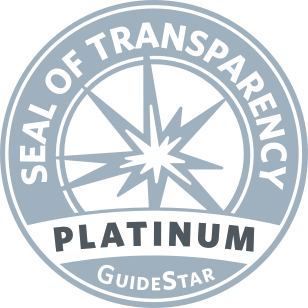
Mutations in CRB1 are a relatively common cause of several inherited retinal degenerations, including: Leber congenital amaurosis (LCA) retinitis pigmentosa (RP), and macular dystrophy (MD).
Podcasts
Eye on the Cure Podcast | Episode 62: Dr. Peter Quinn
Peter Quinn, PhD, a principal investigator and associate research scientist at Columbia University, talks to host Ben Shaberman about the promise of emerging CRISPR/Cas9 gene editing therapies, including base and prime editing approaches, for inherited retinal diseases. Dr. Quinn also reviews gene editing projects ongoing in his lab for patients with mutations in CRB1 and PRPH2.









